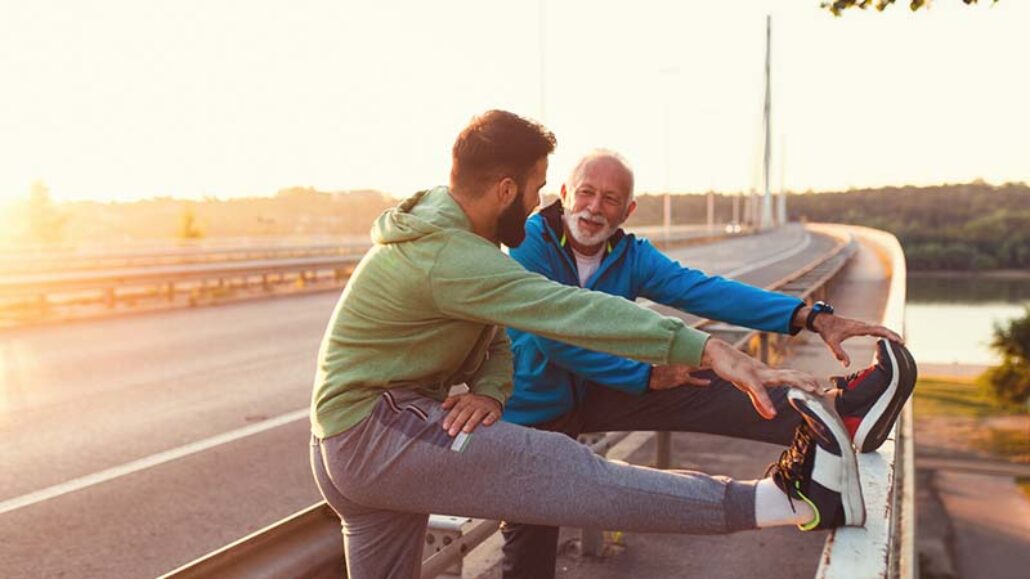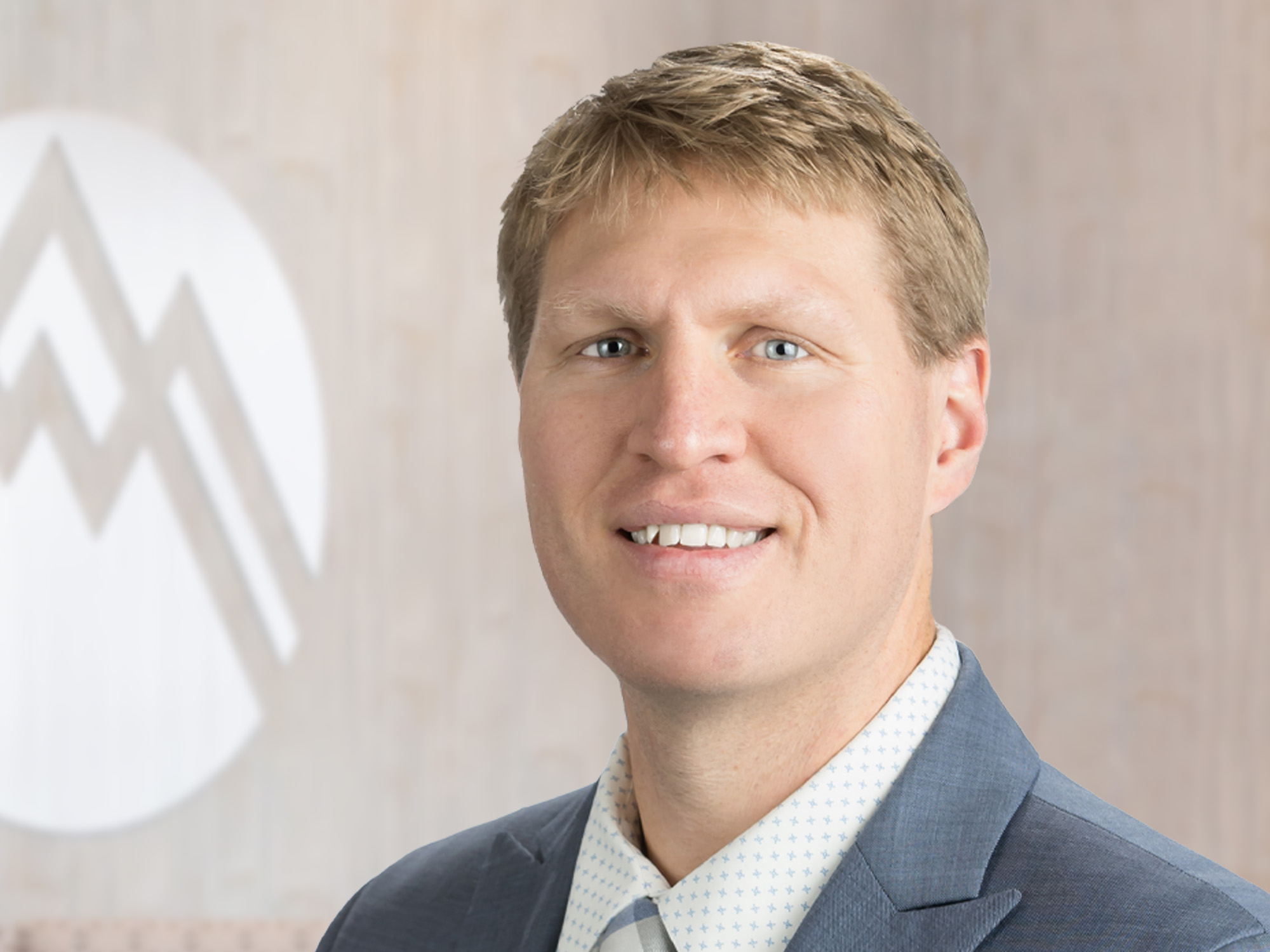Scott Pepin, M.D., one of Summit Orthopedics’ sports medicine experts, discusses a new study that hints at the ways in which joint injuries change the brain.
Injuries to the knee’s anterior cruciate ligament, or ACL, are one of the most common knee injuries. But did you know that when your ACL tears, it not only damages the ligament? It also damages the nerve endings within the ligament. And once the nerve endings are gone, they do not regrow. A recent study has examined how ACL nerve damage affects the brain. The study’s conclusions provide important clues about how to recover from joint injuries.
“This study is fascinating, because it shows that the damage to nerve endings that results from an ACL tear changes the feedback loop between the brain and the leg,” said Scott Pepin, M.D., sports medicine specialist at Summit Orthopedics. “One of the jobs of those nerves is to give the brain information about where the leg is in space. Without the information from those nerves, the brain has to compensate.”
Once the constant flow of information from the ACL’s nerves has been cut off by the injury, the brain may send fewer signals back to the surrounding muscles. Eventually, this could result in muscle atrophy. But there is good news: The brain has the ability to develop a “workaround” in response to injury. “Our brains have something called ‘elasticity,’ which means that our brains can change as things happen in our bodies,” Dr. Pepin said.
According to Dr. Pepin, the study’s results support a phenomenon that he has seen in his practice. “If people don’t return to sports after an ACL injury, it’s usually because they don’t trust the knee,” he said. “While part of this may be a mental block arising out of a desire to avoid another injury, this study shows that there may be something in the feedback loop between brain and knee that is limiting patients as well. It’s definitely not surprising data to see.”
How to recover from ACL or joint injury
If you have experienced an ACL injury, the most important thing to do is commit to the rehabilitation program your doctor has prescribed. Do all exercises as your doctor and physical therapist recommend, as often as they recommend.
“A multimodality therapy program is helpful to fight back against these changes in the brain,” Dr. Pepin said. “We have biofeedback techniques and other methods, which means that we can come at it from several different angles.”
Another way to improve long-term outcomes after ACL injury—or any other kind of joint injury—is to have a positive, solution-focused outlook. “Attitude is a big part of it. I often tell patients, ‘It’s OK to be upset that this happened, but now we have to work together to get better,’” Dr. Pepin said. “That mental mindset can help you move forward and start the healing and rehabilitation process.”
Summit Orthopedics offers comprehensive sports medicine expertise
From Olympians to pro athletes to kids in youth sports and those that just want to be more active—Summit Orthopedics delivers expert care by fellowship-trained sports medicine physicians. If you are recently injured or concerned about ongoing pain, Summit Orthopedics sports medicine specialists have the expertise to evaluate your discomfort and develop a plan to quickly and safely help you get back to being active.
Start your journey to stronger, healthier athletic condition. Find your sports medicine expert, request an appointment online, or call us at (651) 968–5201 to schedule a sports medicine consultation.
Summit has convenient locations across the Minneapolis-St. Paul metro area, serving Minnesota and western Wisconsin. We have state-of-the-art centers for comprehensive orthopedic care in Eagan, MN, Plymouth, MN, Vadnais Heights, MN, and Woodbury, MN, as well as additional community clinics throughout the metro and southern Minnesota.

